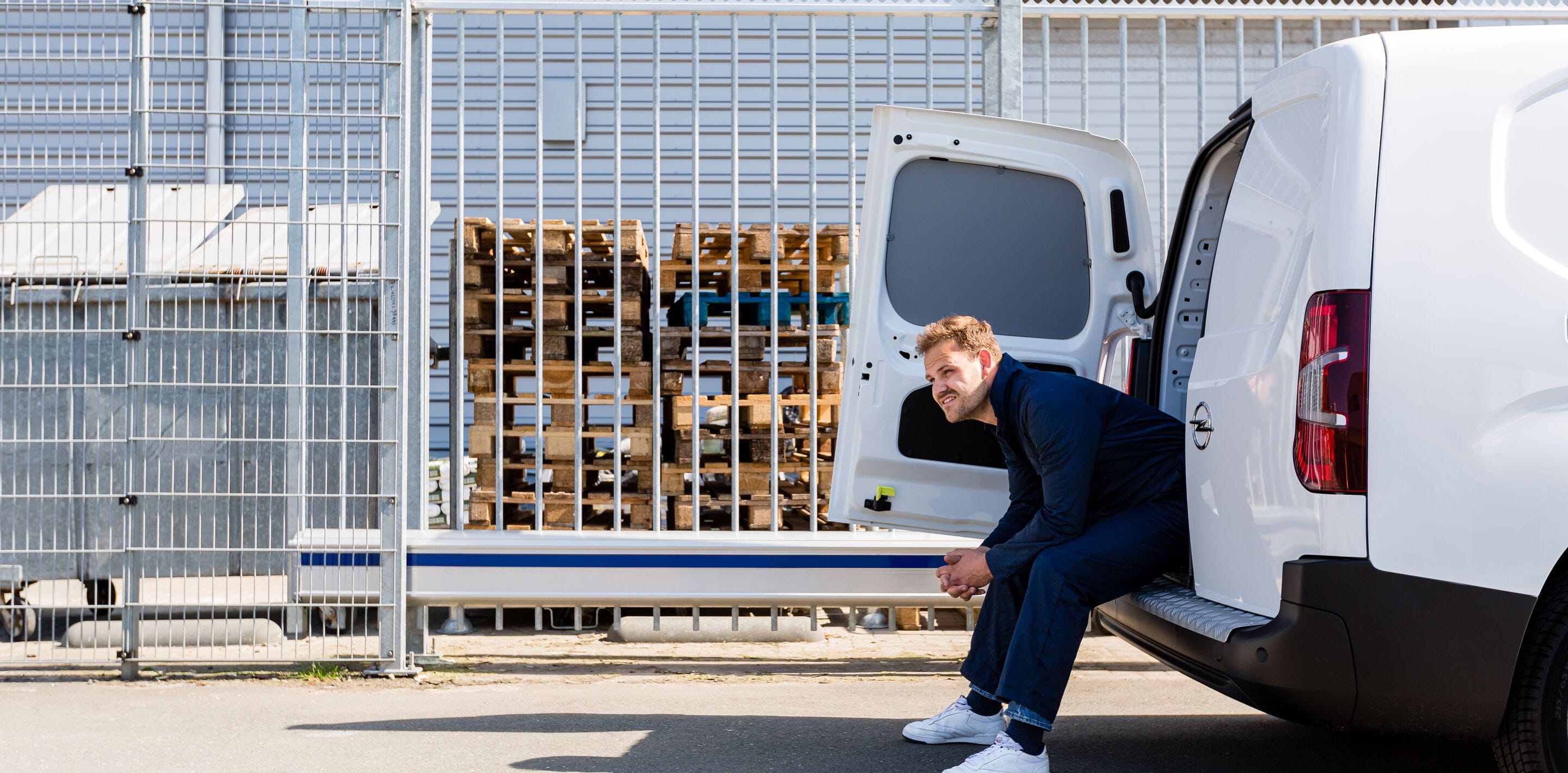
Six tips to keep your fleet on the road
Vans are often a mission-critical asset for businesses, so it’s important to keep them on the road. From accidents to breakdowns, unplanned downtime can be disruptive and costly – so here some hints to help reduce those risks.
Author: Matthew Dillon, Head of Commercial Vehicles
1. Allow time for daily checks
Fleets operate some of the UK’s hardest working vehicles. According to the latest BVRLA data , the average mileage for a new personal contract hire (PCH) car agreement was 9,300 miles – that compares to 15,900 for business cars and 17,800 for vans. As many of those vehicles don’t return to base for weeks or months at a time, establishing a routine of daily checks is a useful step to reduce downtime.
We recommend factoring 10-15 mins for those checks, giving drivers time to spot and report faults, damage and wear items (such as tyres) and address any issues as early as possible. Our Vehicle Check app makes this even easier, walking them through the entire process and creating an online paper trail for auditing and reporting to transport teams. This can reduce the risk of delays waiting for parts and workshop time while helping to meet Fleet Operator Recognition Scheme (FORS) and Logistics UK (formerly the Freight Transport Association or FTA) best practice too.
2. Regular servicing
It doesn’t matter which vehicles you have on fleet, or what’s under the bonnet, all of them will need some form of routine maintenance. These planned workshop visits aren’t just about following manufacturers’ service schedules – they’re an opportunity to carry out any outstanding software updates, and for a more detailed health check than drivers can carry out at the roadside. This will all help ensure that your vehicles are performing as they should be.
As a full-service leasing partner, we can offer comprehensive maintenance packages, including scheduled servicing and consumables such as tyres and the support of an extensive repair network, for a predictable monthly cost. Our UPtime Live fleet management solution simplifies this further, offering real-time scheduling of routine work and repairs with at-a-glance status reports for operators.
3. Plan replacement cycles carefully
Longer than usual lead times for new orders means fleets have tended to extend existing vehicle lifespans, which alters the running costs. Older vehicles tend to depreciate more slowly, so rental costs could be lower, but this could be offset by rising maintenance costs. Understanding the point in a vehicle’s lifecycle when it is likely to need more time in the garage and less on the road is important. Especially if you’re considering switching to electric vehicles, which might be different to previous experiences.
Speak to your Account Manager about our Critical Fleet Audit, as this will help you to optimise your renewal cycles during a period where lead times for new vehicles are still longer than usual. Our short-term rental solution, LeasePlan Flexible, can also help. This offers fast access to specific high-quality cars and vans from stock, enabling you to replace older vehicles or scale up quickly without the commitment of a longer-term lease.
4. Unlocking the power of big data
Data, it’s often said, is the new oil – and fleets have more of it at their fingertips than ever before. Investing in telematics will involve an upfront cost, but it can yield significant long-term financial benefits. Our LeasePlan Telematics solution provides data and insights that keep vehicles safe and operational. By tracking monthly/quarterly metrics such as fuel usage, wear and tear and driver behaviour, fleets can spot where drivers need extra training.
Of course, it’s important to utilise it properly and act on those insights. Telematics can help improve utilisation and reduce downtime, cut insurance and fuel costs and encourage safer driving – all of which affects VOR time. It can also work with Uptime Live to optimise service schedules, so maintenance is only carried out when needed.
5. Keep it Secure
Break-ins affect your drivers’ routines and your bottom line. A recent study by Volkswagen Commercial Vehicles claims British businesses lose a combined £5.2bn to break-ins per year, Suggesting that vans carry on average £2,500 of often-essential tools, while the time lost to repair and replace equipment drags out for six days.
Of course, determined thieves will often find a way to get what they want, but there are steps you can take to slow them down while also deterring opportunists. Equipment such as bulkheads, alarm upgrades and additional locks are worth considering, but drivers can help too – such as being selective about where they park and not leaving valuables on show. Our expert commercial vehicle consultancy team can direct you towards appropriate solutions for your fleet.
6. Targeted Training
Driver behaviour can make a big difference to a fleet’s running costs. Aggressive driving wears parts more quickly and increases the risk of having an accident. Our RiskAware solution can highlight drivers with high risk levels and recommend ways to help them – including targeted training. One client has cut incident rates from 33% to 25%, with a 15% reduction in VOR time.
Fleet managers have a role, too. Route planning should recognise realistic time needed to get between jobs without having to rush, and by providing adequate time for rest breaks. Telematics data can also be used to reward the safest drivers. If the payoff is improved fuel economy and reduced accident rates and wear, then it’s a small but worthwhile change.
We’re here to help…
To find out more about how we can help transform your fleet management and reduce damaging downtime, get in touch with our expert team today.

.jpg?rev=3adbd558867c4d92bf9f22752f12a09c&mw=600)



